In 2014, Martin Lipmann told us about Vision Globale (now MELS) work for Brick Mansions. He then joined the Rodeo FX teams in 2015 and worked on projects like Deadpool, Black Sails, Pirates of the Caribbean: Dead Men Tell No Tales and Dumbo.
How did you get involved on this movie?
Joanna Capitano (executive producer at Technicolor) and I, were looking for an opportunity to work together for a little while. I was finishing Watchmen, and at this time, Fox Studio was looking for a Production VFX Supervisor located in Montreal for the show, so she introduced me to the production. At this time Mr. X was already in the loop.
How was the collaboration with Director Dan Mazer?
Mazer is very collaborative, available, and always takes your input into account, he makes you part of the trust circle right away.
What was his approach and expectations about the visual effects?
Being an action/gag comedy, Dan wanted to push the limits of the stunt team and discuss at what point VFX should take over, for security reasons or to push the joke or the action further. So we set about designing in details every stunt scene. We also knew, because being a Christmas/winter comedy, that we would need to work on keeping the continuity of the locations threw the several months of shoot.
We shot 2 months on real locations in the Montreal Surroundings, mainly all exterior. During those 8 weeks, we did 3 weeks of nights at -30°C, for exterior stunts and some of the action around the house.
To be able to shoot all the stunts, actions and reels, we needed a controlled environment. An exact replica of the house was built in the studio, designed to support all actions, gags and stunts. Every walls, ceilings and furnitures were removable to leave room for the cast, the stunt rigs, camera, sound and lighting equipment. So one of the main mandate was to rebuild a CG version of the entire neighborhood where the action takes place. We also scanned the main cast for potential body and face replacement.
How did you organize the work with your VFX Producer?
– Pre Covid, Being in all pre-production and production meetings, Irene Armit and I organized the work quite early. The very first step was to prep for the shoot, setting up the wrangling teams for 2 units shooting simultaneously, scanning the cast, all props and locations. We also had a previs team working with the stunt team to prep all the action/gag scenes.
– Post Covid, the production was shut down half way for 5 months. During that time we didn’t know if we will come back and finish it. We had 5 sets, lighting and camera equipment on hold, until we were cleared to go back. The decision was made at the last minute. We were shut down in April and went back in production mid September. The shoot resumed with new realities. New working hours and protected bubbles grouping systems.
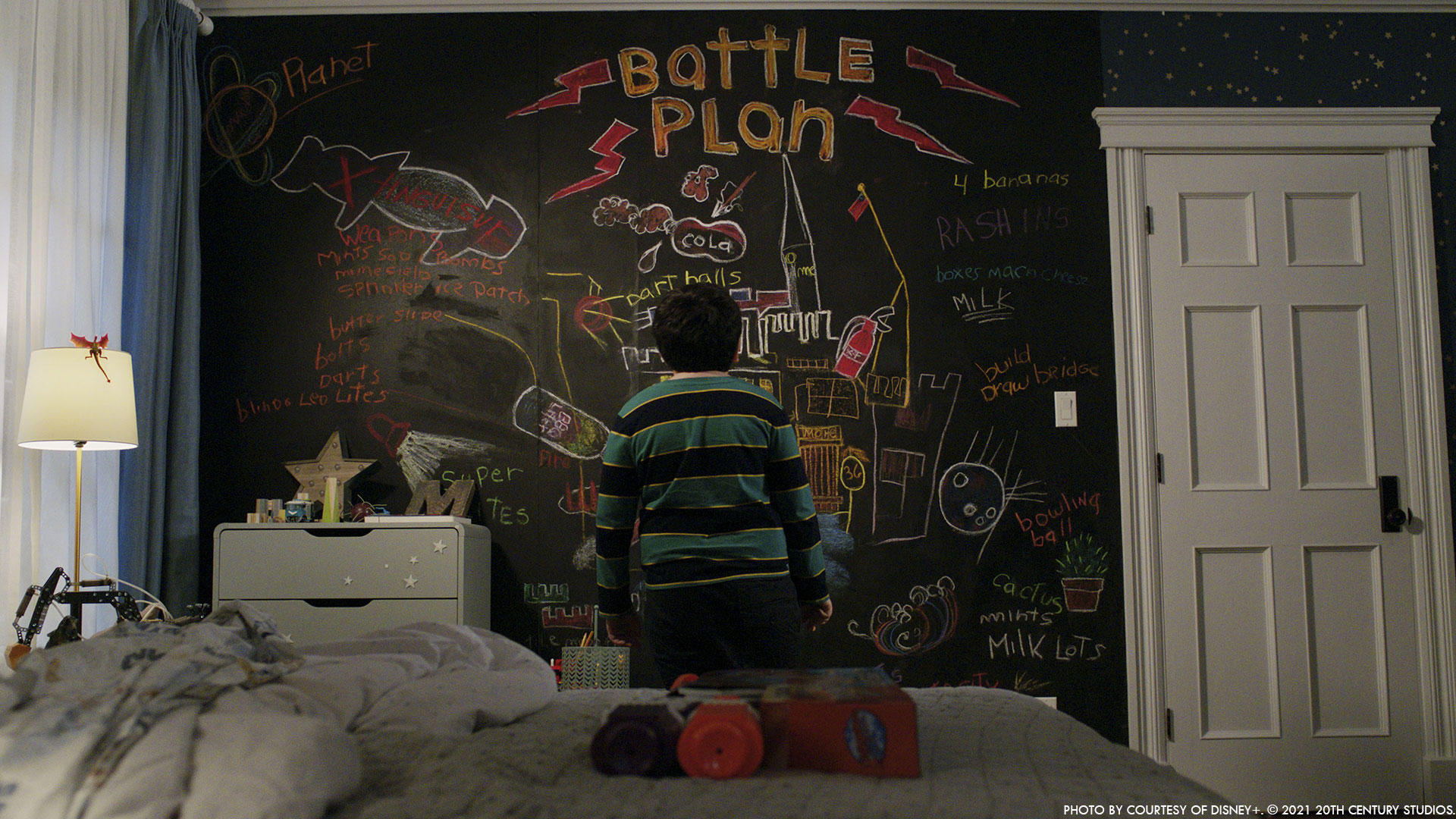
How did you choose the various vendors?
Mr. X was attached to the project from the beginning so we didn’t have to choose a vendor for the show. It came out to be the perfect skill set and talents required for the show. I’m very grateful.
Can you elaborates about your collaboration with Mr. X?
Making an action comedy like this one. You know you’ll be using all departments and skills. Mr. X has the experience and the talent to execute all of the work load required for that kind of show. So at some point all the departments were involved. From previs to concepts, asset build, environment, lookdev animation, FX, lighting and comp. We spent some time building the entire neighborhood surrounding little Max house and Angel. Landing VR scene. FX and animation were a big addition to all different scenes. Most of the objects interacting with the cast were done in CG. The Pepsi bottle and icicles jokes were also entirely prevised, postvised, animated and done in FX.
Where was filmed the various sequences of the movie?
We set about shooting in Montreal and its surroundings. We rotated between 5 to 6 different locations.
All the action and gag scenes were shot in a controlled environments in studio. At this point we were rotating between 5 different stages. Max House and the entire neighborhood, the neighbors house with the pool rig, the robbers house and all the smaller sets, such as the airplane, the hotel room, the jail.
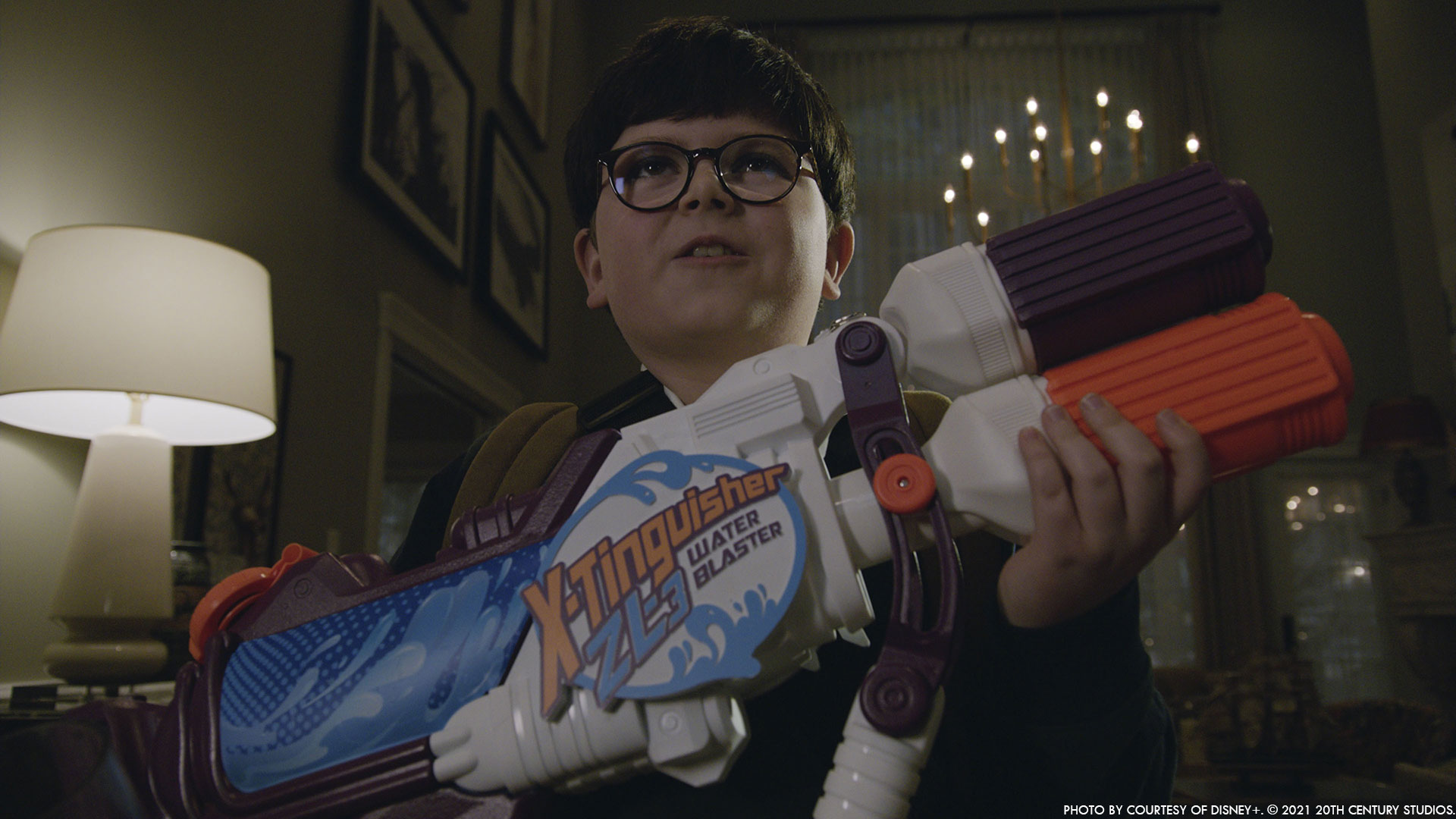
How did you enhance the neighborhood?
When we shot in location, we had the entire neighborhood in Blainville (30km outside Montreal) scanned and photographed for photogrammetry and texture. The entire surrounding was also dressed by the production team with snow and Christmas decorations. We just created a exact CG replica.
What was the main challenge with the house and the neighborhood?
The main challenge was to keep a seamless continuity between the shoot on location and the studio for the exterior. We also had to protect the continuity of the degradation of the house happening through the story and the different action gags, as they weren’t necessarily shot following the order of the story line.
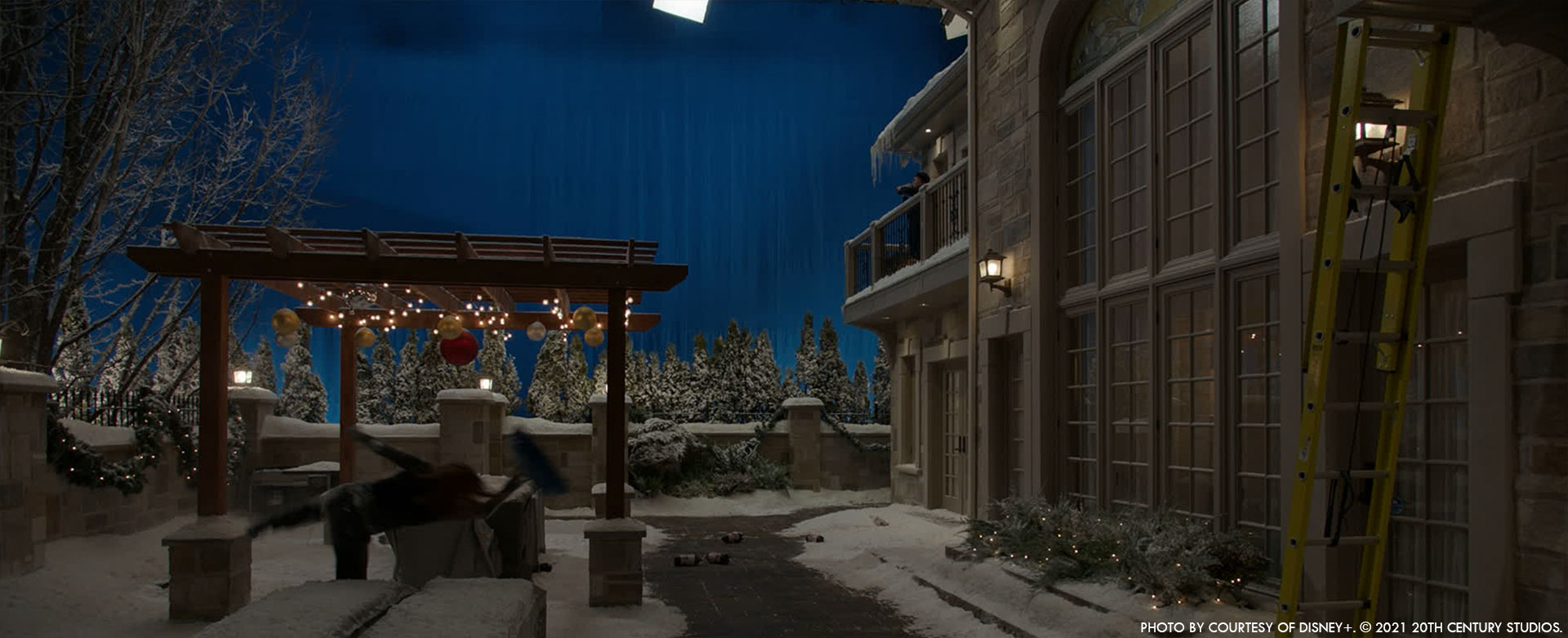
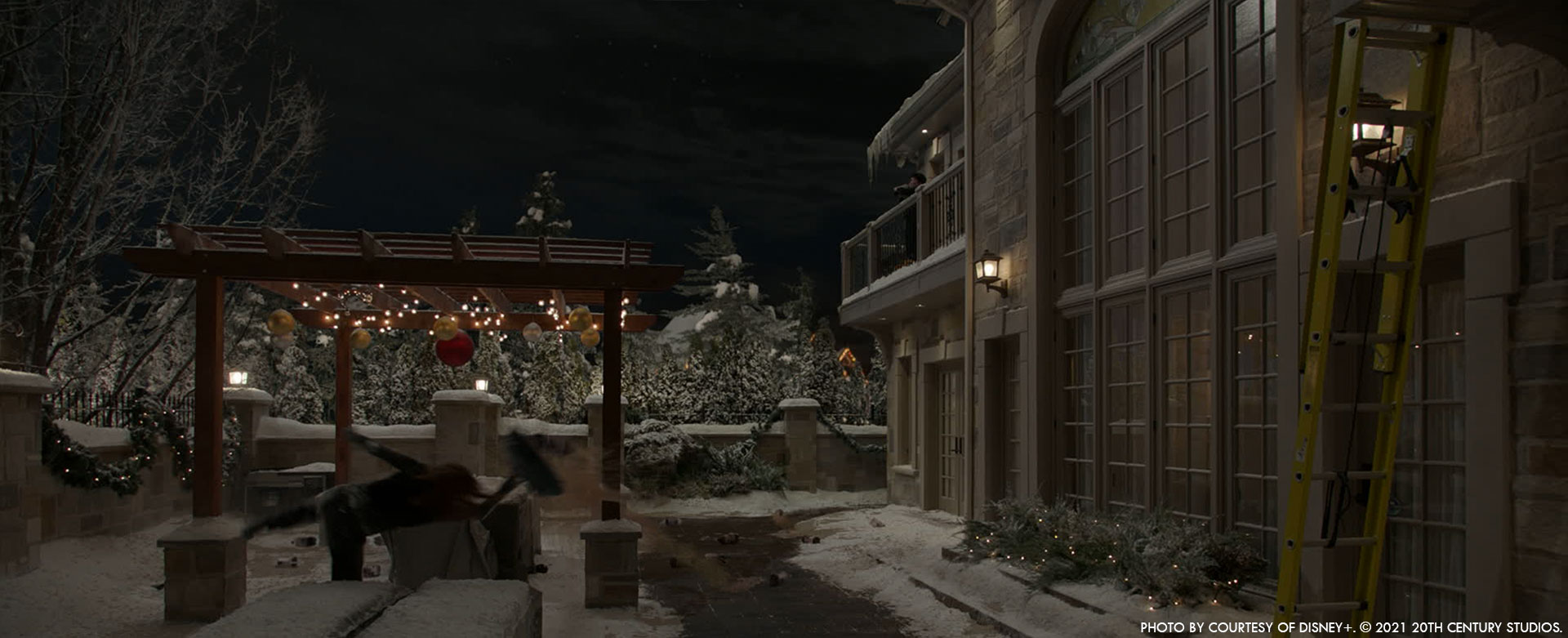
How did you create the snowfall?
The snow fall is a mix between practical and CG depending on the amount necessary in the scene.
Let’s talk about the house invasion. How did you work with the SFX and stunts teams?
The stunt team was amazing. They’re so fearless it’s insane. So at first you discuss timing and choreography. They also need to be able to teach some of the simple moves to the cast, and repeat it as many times as the scenes requires it. We all knew that all direct contacts with heavy objects will have to be done in CG, so all moves were created without any props. We then knew exactly how to time the animations, were the impact would be. It was a very fun collaboration. We started at preproduction and during the time production was building the sets. We started with previs and then we would go at the end of the construction shifts, to repeat the moves, positioning cameras, building wire rigs.
The safety level on a Disney movie is pretty high, especially when you shoot with children so everything needs to be though very carefully, all stairs and floors had a foam replicas that was replaced in order to execute the falls and to add more realism to the different stunts. The bigger the fall is the funnier it is. The stunt team was a mix of Australians, New Zealanders and Canadians. The SFX team got busy crafting some really clever rigs to throw all kinds of objects and the cast even. On set we had to deal with fire, water, smoke, snow, massive rigs to support and lift cars.

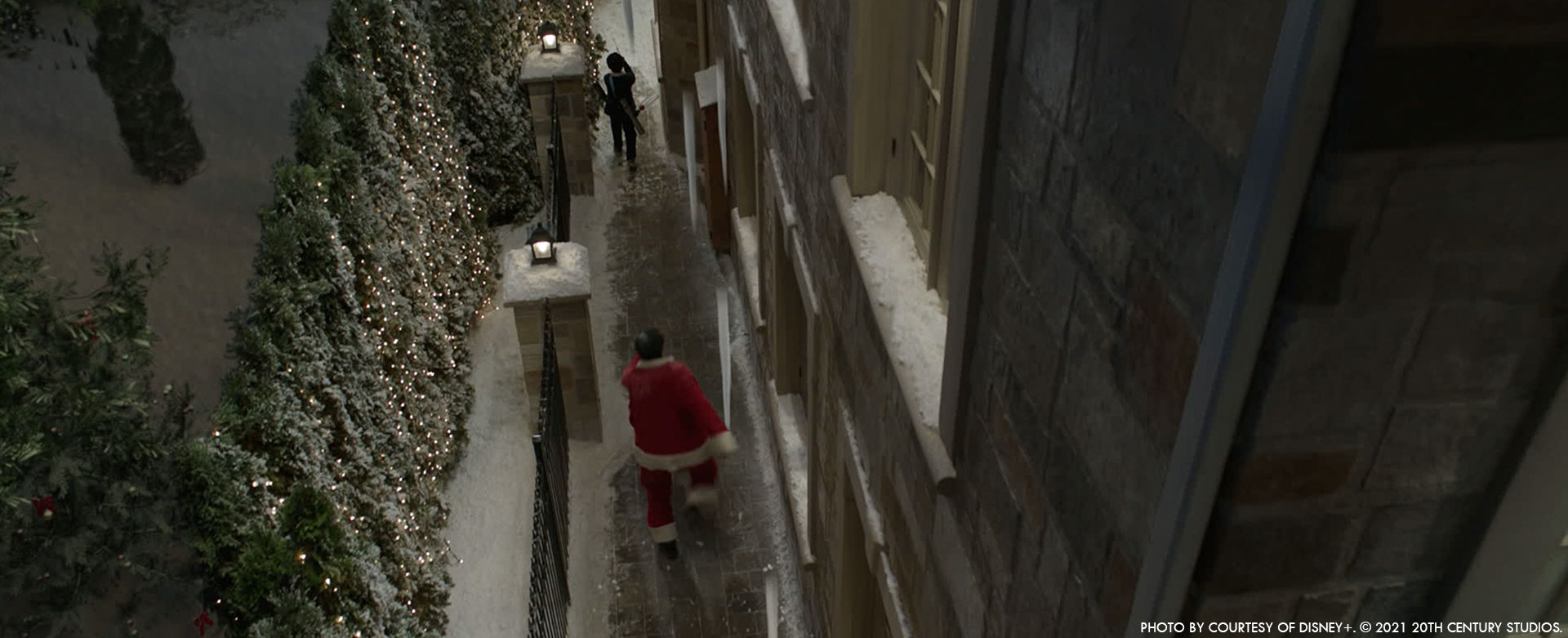
Which stunt or booby trap was the most complicate to enhance and why?
2 scenes especially had different levels of complexity for different reasons. The Pepsi bottles and mentos scene and the icicle scene.
For the Pepsi bottles, we started with the stunt team on location to choreograph the moves, than we postvised all animations of the bottles to help editorial to find the right pace and shot values. At the same time we were working on developing the liquid look. After some iterations we moved away from the real looks of a soda a mentos explosion because being too foamy witch wasn’t what we wanted for the scene. We set about designing a look that would be more like a spray, mainly to protect Ellie Kemper’s face and her hilarious reactions. The rest of the challenge for us was the interaction of the liquid with the snow, ground, wall and props in the scene and how you maintain the stains from a shot to another.
The icicle scene was quite of a challenge as well. It’s a children’s movie so can’t be too life threatening, so at first you need to find the right scaling, shattering, debris, amount. So the same way we did for the Pepsi bottle, we prevised it, rehearsed it with the stunt team, postvised it for editorial. We then developed the look for the ice, the amount of debris and the way it’s shattering on the ground.
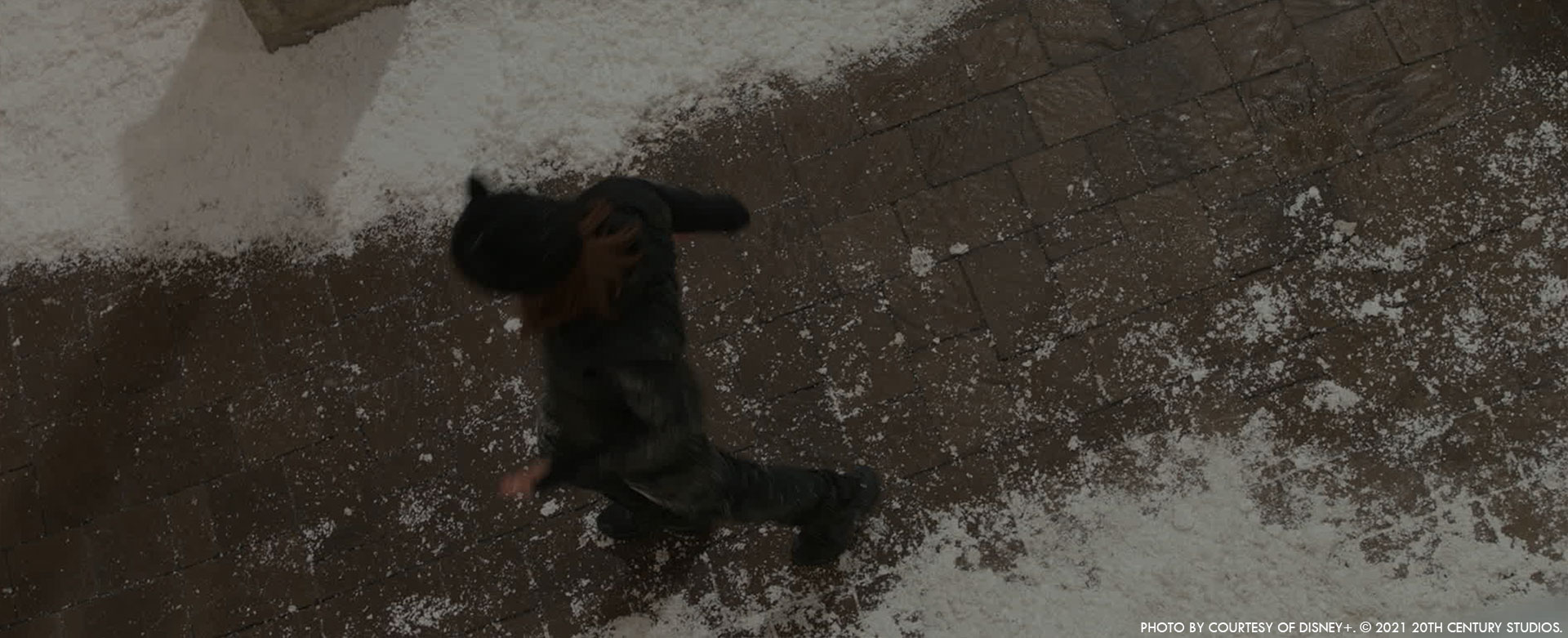
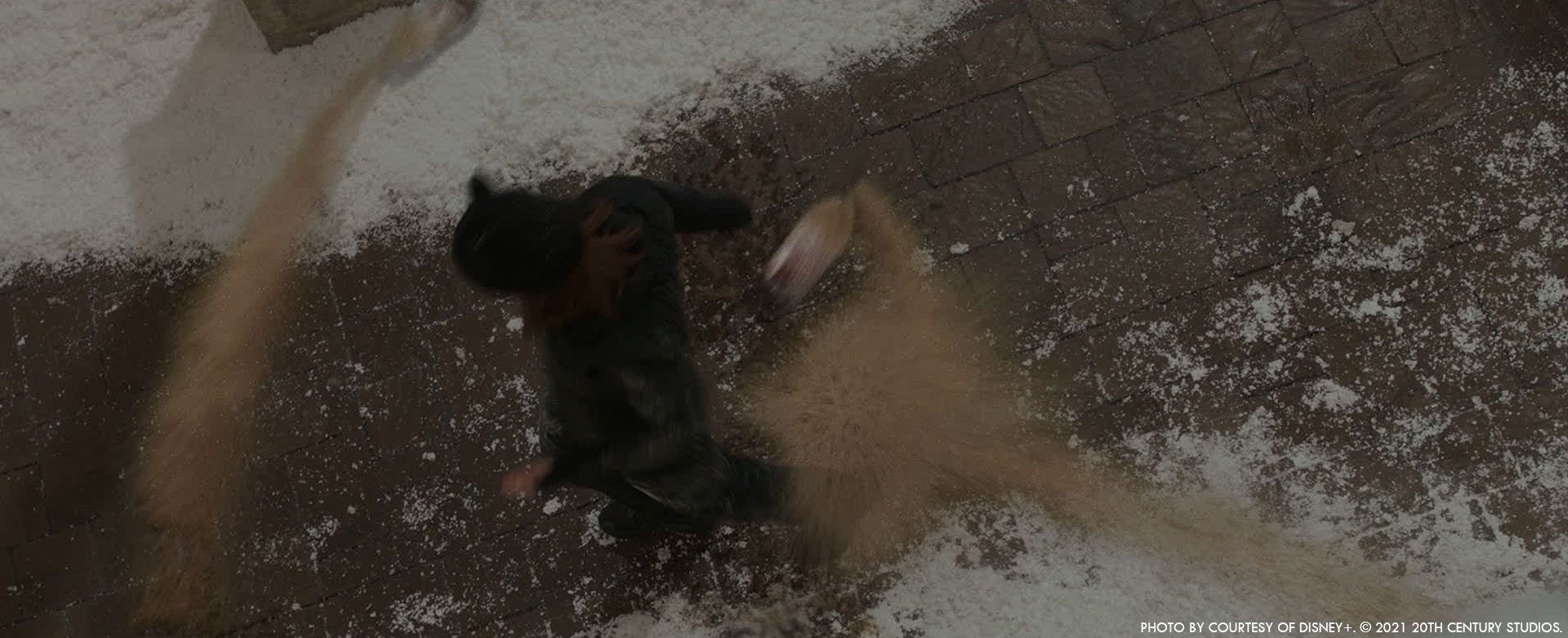
How did you create the various destructions in the house?
The destruction is mainly done by the SFX team onset, we simply enhanced it at times to make it look bigger or smaller when necessary using different technics in FX and practicals. Debris and dust, shattered wood boards, glass debris, stains on the wall and the ground.
For a sequence, one of the thieve is wearing a VR helmet. Can you elaborates about the design and creation of the virtual world?
In the script, Jeff (Rob Delaney) is waking up on top of a mountain next to a cliff. Mazer wanted a very steep cliff, very high and life threatening. We really wanted to find a real location to use as a base. We found a rock formation called Angels Landing in Zion National Park in Utah. Very specific and gorgeous place with its steep switchbacks and sheer drop-offs. Pre Covid we decided to send a team there for a photo survey, but the realities of the pandemic forced us to built it entirely in CG using Google Earth elevation maps as a base for sculpting. From there we prevised the entire scene prior to the shoot, built a piece of cliff on set for the actor to interact with. The part were Jeff is standing in the VR scene is a specific design to match the actions and reactions from the shoot.

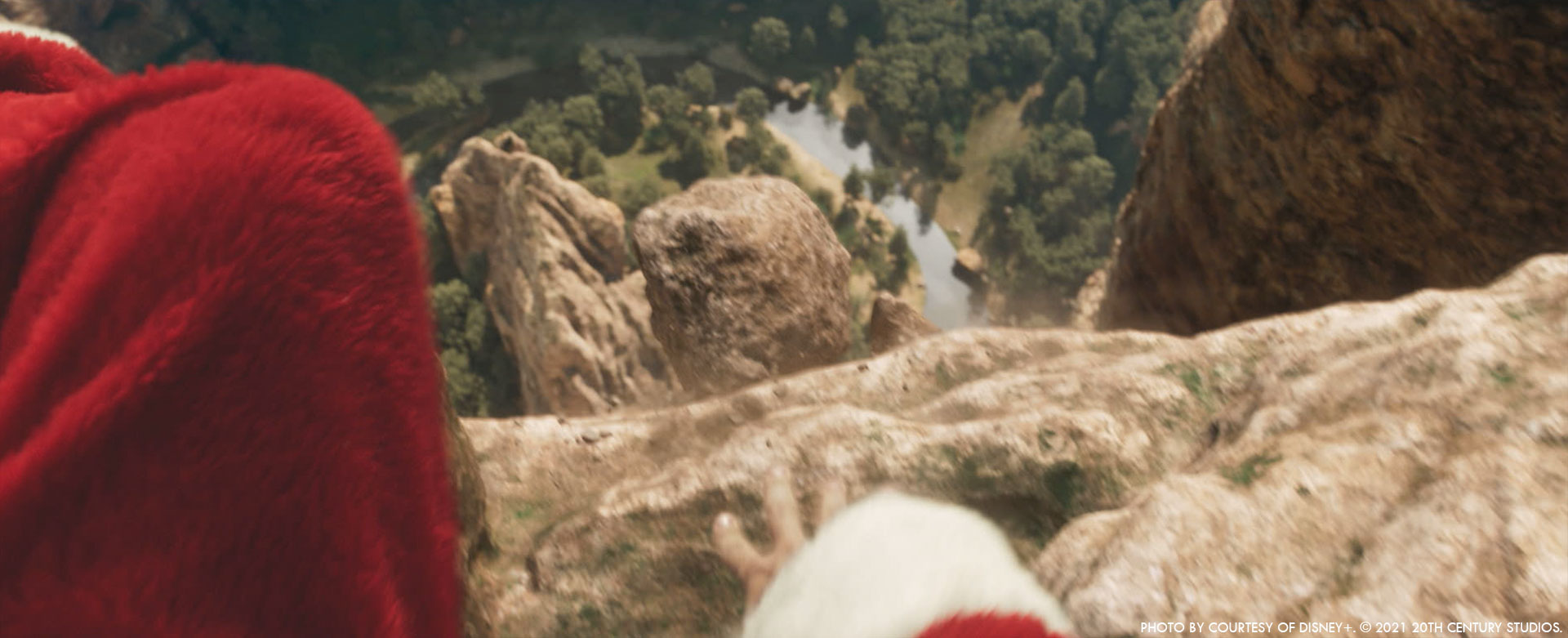
Did you want to reveal to us any other invisible effects?
Well is it the stunt or is it the actor? We had to do a few face replacements, but I’m not allowed to discuss the details. Also a minor addition but important for the continuity and the story telling is the breathing we added for the cast sometimes for the studio shoots and on real location for continuity.
Which sequence or shoot was the most challenging?
Home Sweet Home Alone is a COVID movie entirely made remote, from home. I’m very grateful of the team I had the opportunity to work with. So I would like to take the opportunity to thank Irene Armit, Jeniree Bastidas, Emilie Caron-Vieille, Simon Lecavalier and David Agudelo.
Is there something specific that gives you some really short nights?
We did a reshoot last spring, very simple on paper, family Christmas reunion around a table one year later. Because of the Pandemic, half the cast was in London and the other half was in New York City. So we built 2 part sets, 1 in NYC and 1 in London. The result is NYC table left and London table right.
What sounded so simple on paper ended up becoming a real technical challenge to create the illusion that they’re actually all together around a table.
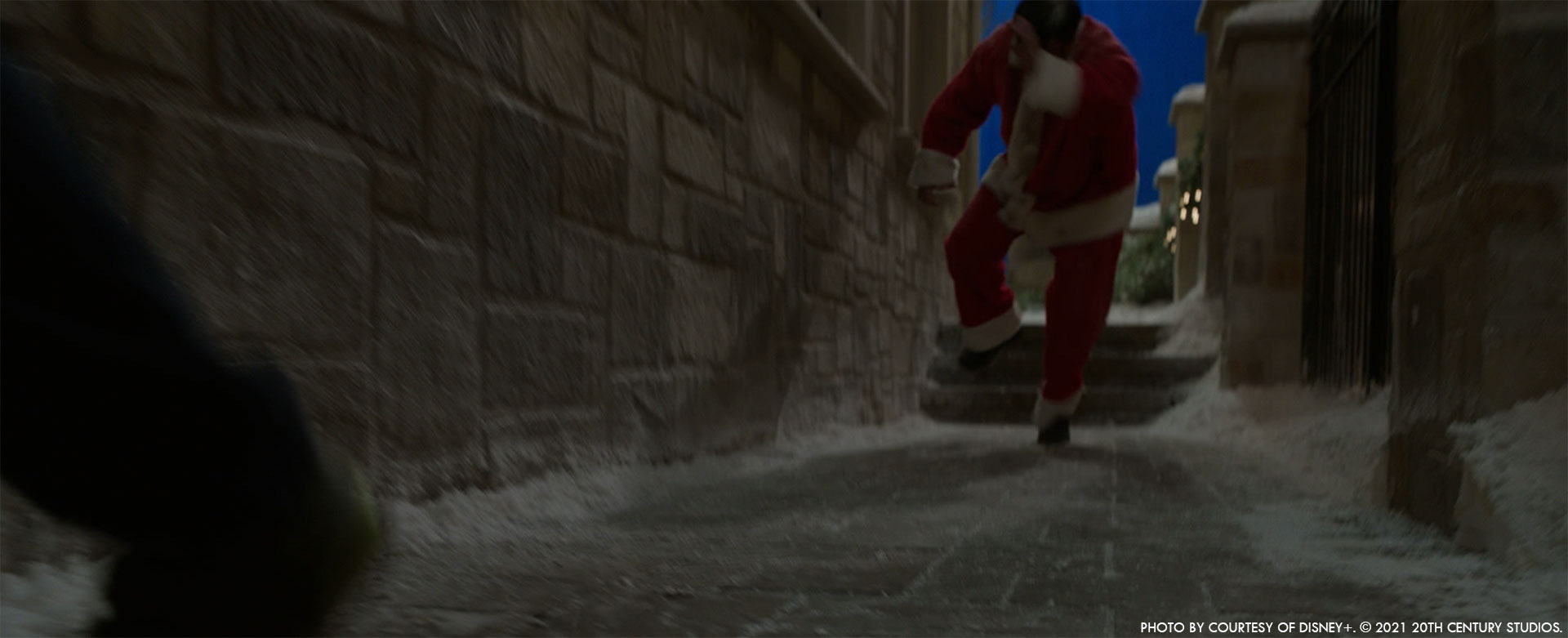
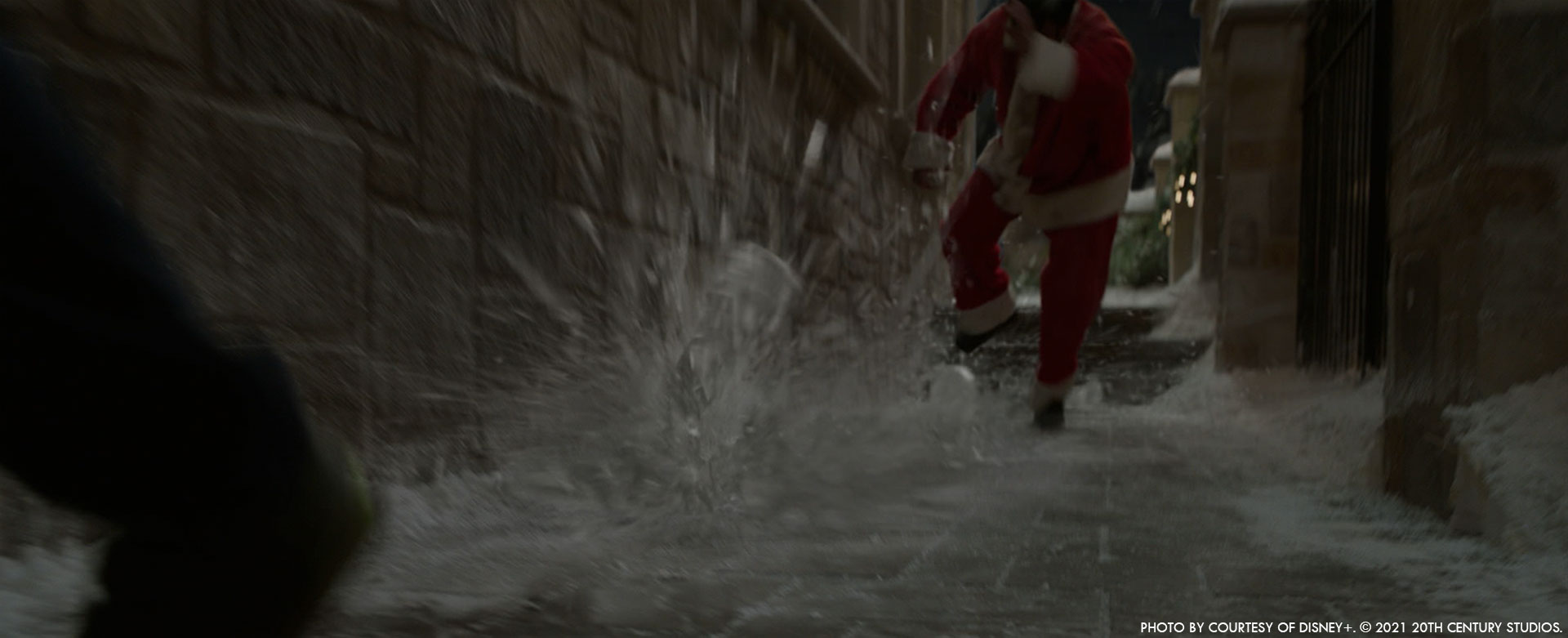
What is your favorite shoot or sequence?
My favorite sequence is when Pamela (Ellie Kemper) gets darted. All comedy scenes with Ellie are hilarious, she’s an amazing comedian.
What is your best memory on this show?
Dan Mazer (director), Mitch Amundsen (Director of Photography) and I had a great relationship on set and during the entire post production process, so I’m very grateful for their trust and collaboration.
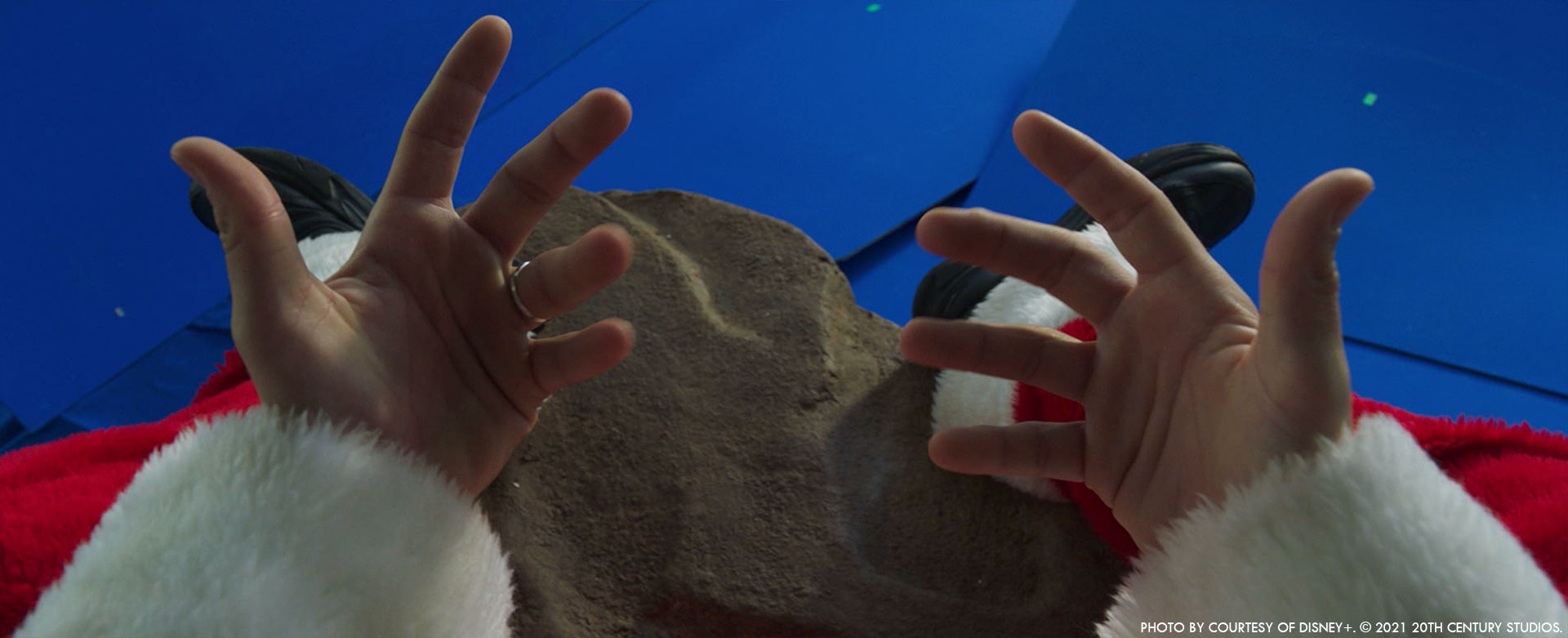
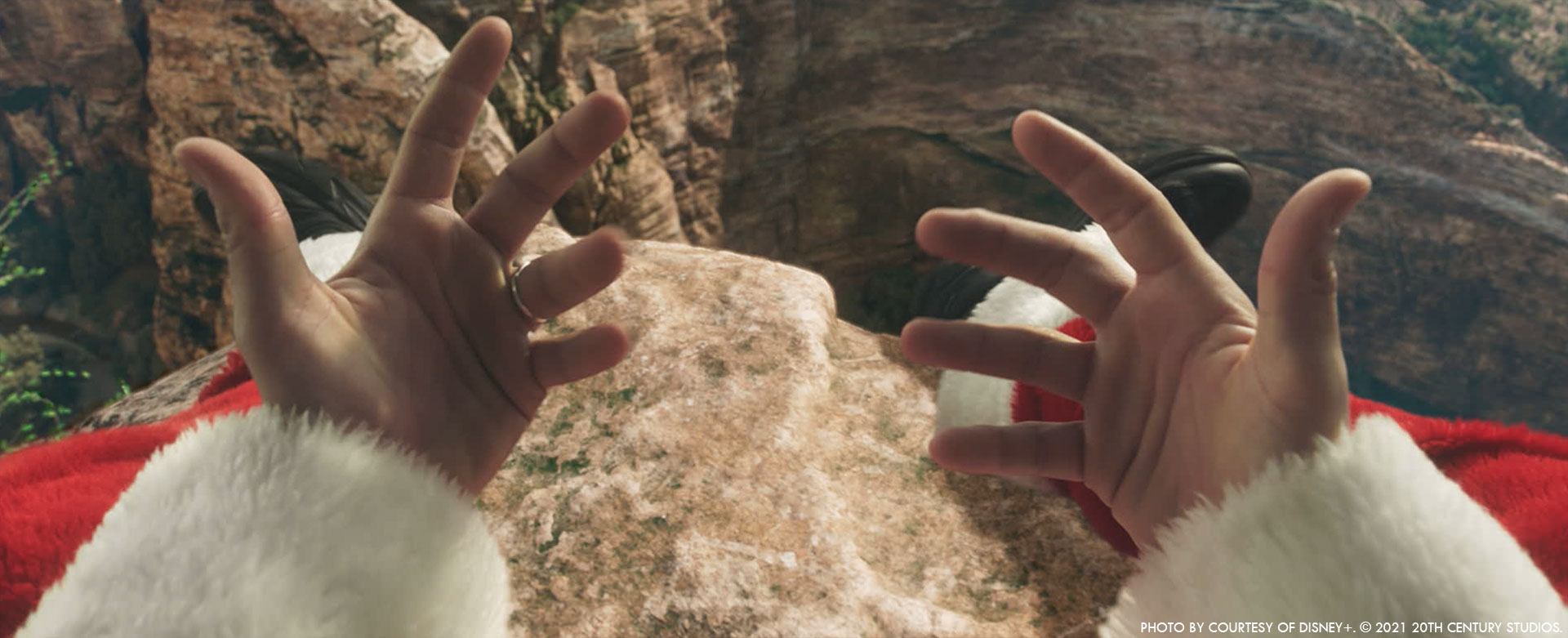
How long have you worked on this show?
With the COVID and the 5 months shutdown, I ended up working 2 years on the show.
What’s the VFX shoots count?
Somewhere up around 780 shots.
What is your next project?
I’m currently working on an undisclosed Netflix project delivering in spring 2023.
A big thanks for your time.
WANT TO KNOW MORE?
Disney+: You can now watch Home Sweet Home Alone on Disney+.
© Vincent Frei – The Art of VFX – 2021




